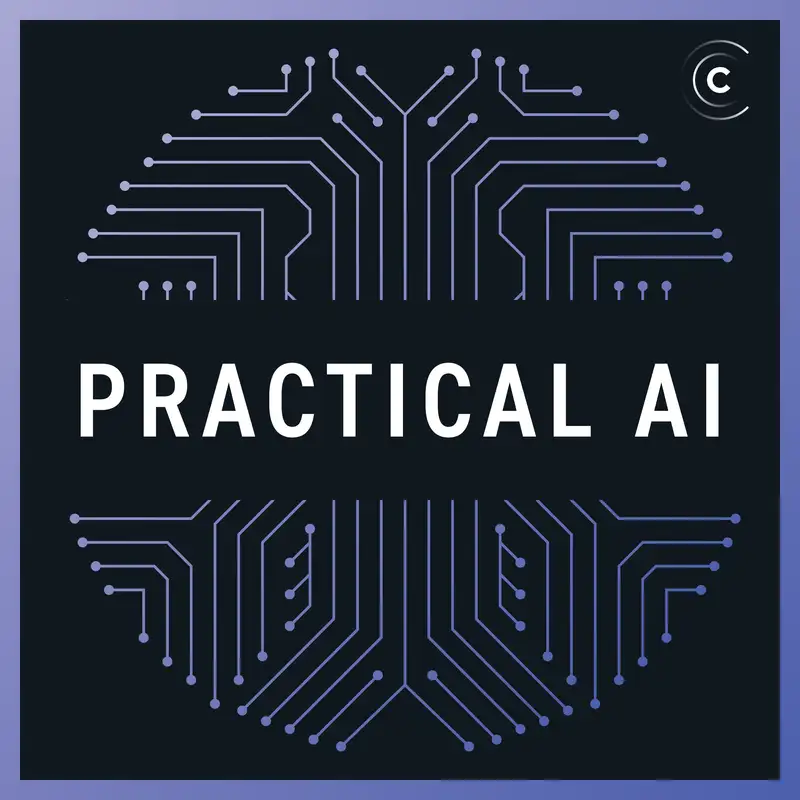Staving off disaster through AI safety research
While covering Applied Machine Learning Days in Switzerland, Chris met El Mahdi El Mhamdi by chance, and was fascinated with his work doing AI safety research at EPFL. El Mahdi agreed to come on the show to share his research into the vulnerabilities in machine learning that bad actors can take advantage of. We cover everything from poisoned data sets and hacked machines to AI-generated propaganda and fake news, so grab your James Bond 007 kit from Q Branch, and join us for this important conversation on the dark side of artificial intelligence.
Changelog++ members support our work, get closer to the metal, and make the ads disappear. Join today!
Sponsors:
- Linode – Our cloud server of choice. Deploy a fast, efficient, native SSD cloud server for only $5/month. Get 4 months free using the code
changelog2018. Start your server - head to linode.com/changelog - Rollbar – We move fast and fix things because of Rollbar. Resolve errors in minutes. Deploy with confidence. Learn more at rollbar.com/changelog.
- Fastly – Our bandwidth partner. Fastly powers fast, secure, and scalable digital experiences. Move beyond your content delivery network to their powerful edge cloud platform. Learn more at fastly.com.
Featuring:
Show Notes:
- El Mahdi El Mhamdi on LinkedIn
- Google Scholar
- Personal blog
- World Health Organization | Ten threats to global health in 2019
- AggregaThor
- The Hidden Vulnerability of Distributed Learning in Byzantium
- Machine Learning with Adversaries: Byzantine Tolerant Gradient Descent
- Asynchronous Byzantine Machine Learning (the case of SGD)
Something missing or broken? PRs welcome!
Creators and Guests


